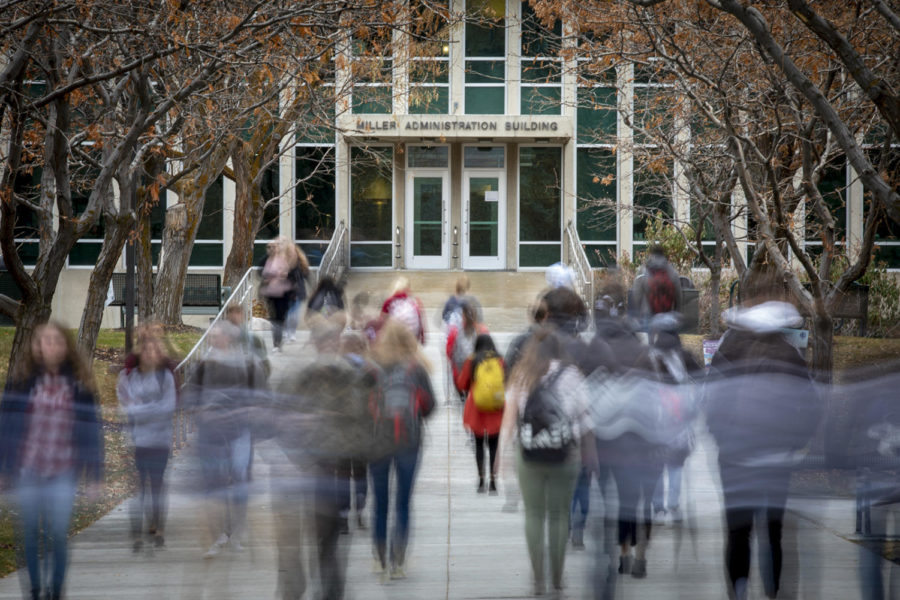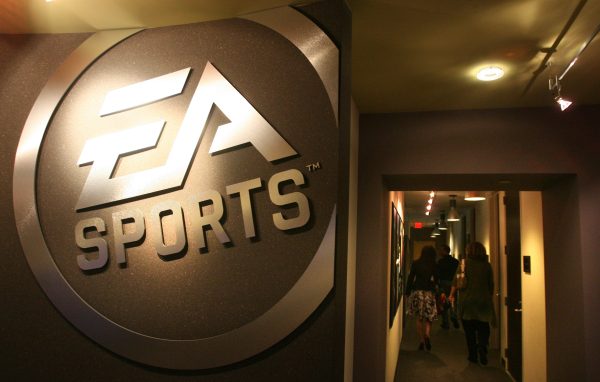Students dug out of debt
On Aug. 24, President Joe Biden announced a three-part plan to slow down the current student debt crisis the country is facing.
According to The White House, the nationwide cumulative student debt is currently estimated at about $1.6 trillion and continues to rise, with the average cost of attending a four-year institution nearly tripling since 1980.
It is estimated that the average undergrad student graduates with around $25,000 in student loans.
Biden’s three-part plan begins with the U.S. Department of Education providing targeted debt relief to those affected by the pandemic. This part of the plan played a big role in Biden’s campaign and has already begun.
As of right now, graduates and current undergrad students can apply for debt relief through studentaid.gov and find out if they are eligible for debt relief.
This debt relief will mostly impact those who have received Pell Grants, as the Department of Education will provide up to $20,000 in debt relief to those eligible for Pell Grants and up to $10,000 in debt relief for those who are not eligible for Pell Grants.
To be eligible for this debt relief, one must have an individual income of less than $125,000 or $250,000 for married couples. Anyone who makes more than that will not be eligible for that debt relief.
The U.S. Department of Education has also allowed for a pause of payments through Dec. 31, in order to help the process go smoothly.
The second part of this process is to create a better system for current and future student loans. In order to do this, the Department of Education plans to lower monthly undergraduate loan payments and fix the Public Service Loan Forgiveness program.
The Department of Education proposed an income-based plan that caps monthly payments for student loans at 5% of the student’s income. The PSLF program has been undergoing changes, both temporary and permanent, and the Department of Education has worked on rebuilding the program. The beginning of this program has helped up to $10 billion dollars in loan forgiveness be achieved for public servants.
The third and final part of Biden’s plan is focused on the institutions rather than the students. Biden hopes to reduce tuition costs and prevent institutions from price gouging.
The Department of Education has reestablished enforcement in the Office of Student Aid in order to not leave students with so much debt. The Department of Education plans to propose a rule that will hold higher education institutions accountable for leaving their students with debt that they will not be able to pay off after the Trump Administration previously repealed the rule.
In a survey conducted by The Signpost’s Street Team, students were asked about student loans and financial aid. Students on campus were asked if they had student loans and if they had received student loan forgiveness.
Though most interviewed students said they have had student loans, only two out of the 36 interviewees claimed that they had either had loans forgiven or were eligible for loan forgiveness.
Leah Murray, director of the Walker Institute of Politics and Social Services, said this debt relief plan is good for our economy.
“In my opinion, there are collateral consequences for students who have student loan debt that sometimes stops them from taking other steps we would like our citizens to take, such as owning a home,” Murray said. “To the extent that forgiving student-loan debt would make it possible for them to be more economically secure.”
As of right now, there is not enough data to find out exactly what percentage of Weber State University students will receive student loan forgiveness, but Biden’s debt relief plan is estimated to help millions of Americans with student debt. With 41% of WSU students receiving financial aid as of 2018, this will be beneficial to WSU students.
This Student Debt Relief Plan is incredibly beneficial to American students; however, international students do not qualify for debt relief because they cannot receive student loans from the U.S. government. This will affect many WSU students, as it hosts approximately 300-400 international students a school year.
As Biden’s plan starts to go into phases two and three, more and more undergraduate students will find that schooling and loans will be much more affordable and will be less inhibited by debt in the future.
Biden and the Department of Education hope this plan will encourage higher education institutions to stop raising costs unnecessarily and help more and more people succeed financially later in life.














